Best Of 2016: Russia Resurgent
Posted on
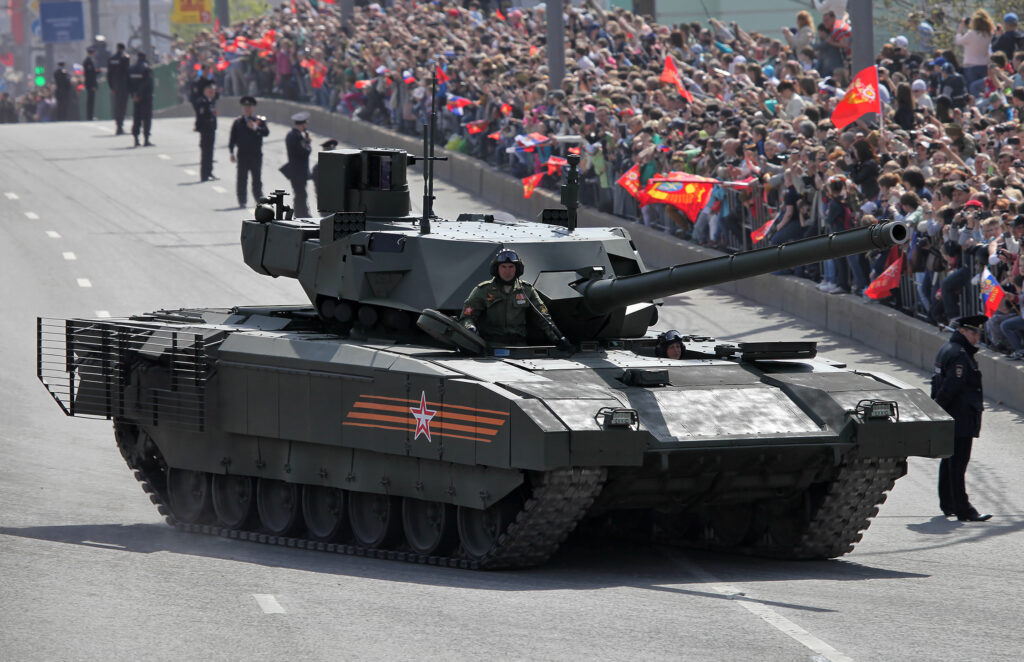
Russia’s new T-14 Armata tank on parade in Moscow.
The military’s top generals have called Russia the number one threat. The incoming administration doesn’t seem convinced that Russia is a threat at all, with Trump himself speaking warmly of Vladimir Putin and dimly of NATO allies. But whatever Putin’s intentions for the future, Russia has proved what its capabilities are in Estonia in 2007, in Georgia in 2008, in Ukraine since 2014, in Syria since 2015, and in our own election in 2016. If the Russians wanted to move west, would NATO be capable of stopping them? Probably not — not yet — but we’re working on it.
[All this week we’re reprinting some of our best stories of 2016 on the biggest issues: Russia (today), China, future warfare, robotics & artificial intelligence, & the defense policies of Donald Trump.]
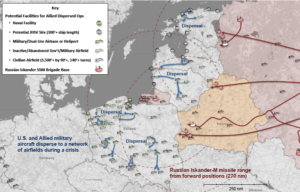
Wargame Warns NATO Unready For Baltic Crisis
NATO would be dangerously slow to respond to a crisis scenario in the Baltics, warns a new report on a closed-doors wargame. That raises the unsettling possibility that in a Crimean-style land grab, Russia could simply seize what it wants before the US and its allies react. Compared to Vladimir Putin’s nimble mix of propaganda, cyber warfare, deniable proxies, and increasingly well-drilled regular forces, both NATO combat forces and decision-making processes are unwieldy and out of practice.
US forces, meanwhile, are mostly too far away. Because units based in the US would take too long to deploy in time of danger, the report urges the return of US forces to Europe. Specifically, the authors call for adding two armored brigades with M1 tanks and M2 Bradleys, maritime patrol aircraft like the P-8, attack submarines like the Virginia class, and fighter aircraft like the stealthy F-35A.
[click here to read the full story]

For Want Of A Nail: ‘Awful’ Missing Pieces Of NATO
War time is a bad time to run out of gas. If there was a crisis with Russia today, and a German unit needed to refuel from a US Army pump, they couldn’t do it. Why? The goddamn nozzle doesn’t fit. It’s just one of the host of seemingly minor shortfalls, from pontoon bridges to anti-aircraft guns, that could derail the alliance’s effectiveness if it isn’t fixed…..
The Russians have a built-in advantage, said Lt. Gen. Jörg Vollmer, the German Army chief of staff, speaking alongside Hodges at AUSA: “They all speak the same language, they use the same doctrine, they use the same radios, and they use the same equipment.” The NATO allies have to work hard to get anywhere near the same level of unity — but it is possible. “We were very good in the old days, we were very good in Afghanistan,” said Vollmer. “We have to get all these capabilities back.”
[click here to read the full story]
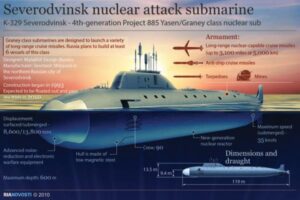
Red Atlantic: Russia Could Choke Air, Sea Lanes To Europe
Russia could hinder US reinforcements headed to Europe in the event of a major war, warned the recently retired Supreme Allied Commander, Gen. Philip Breedlove. It’s well known Russian radars, missiles, and strike planes — “Anti-Access/Area Denial” systems — threaten ships and aircraft across wide swathes of the Black Sea, Eastern Europe, and the Baltic. But Gen. Breedlove’s worries are on a wider scale: He’s anxious about the Atlantic.
“If we are in a shooting war with a big nation to the east, do you believe you will cross the Atlantic uncontested, either in the air or on the sea?” Breedlove asked rhetorically at the Air Force Association conference here.
[click here to read the full story]
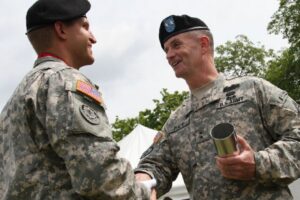
Red Electrons: Army Rapid Capabilities Office Fights Russian GPS Jamming, Cyber, EW
The Army’s new Rapid Capabilities Office is focused like a laser on Russian threats to Army networks: both cyber attack (hacking) and electronic warfare (jamming), in particular against the GPS signal on which US forces rely.
I’ve written before that a $100 million boost to electronic warfare might be an early priority for the new RCO, whose charter is to speed new equipment into service over a one to five-year time-frame, and whose agenda is personally set by Army Secretary Eric Fanning and the Chief of Staff, Gen. Mark Milley. What I did not realize until I sat down with Maj. Gen. Walter Piatt, the RCO operations director, was how thoroughly EW, cyber, and GPS — three closely related fields — dominate that agenda.
[click here to read the full story]
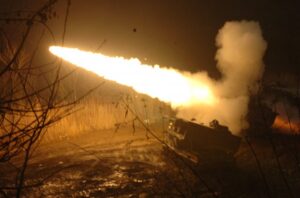
Bring Back Artillery Submunitions; Russian Threat Too Great (by retired Maj. Gen. Bob Scales)
Dual-purpose firecracker (or DPICM) was our decisive weapon against Saddam’s artillery during the Gulf War. The Iraqis called it “steel rain.” On the first day of the ground war American Multiple Launch Rocket Systems (MLRS) firing steel rain obliterated Saddam’s artillery in a massive series of daylong barrages. Thanks to steel rain, the Iraqi artillery never posed a threat to our troops…..
Today we can only fire single-point detonating artillery because America’s steel rain — millions of shells and warheads — is gone, intentionally destroyed, sacrificed to the gods of political correctness by the last two presidential administrations. They agreed to give up all submunition weapons after other nations (who have no steel rain) signed a treaty banning such weapons, arguing they produce too many duds. Who has not signed the treaty? Among others, Russia, China and Israel.
[click here to read the full story]
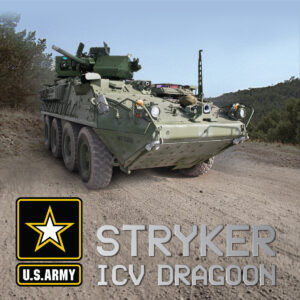
Army Rolls Out Upgunned Stryker: 30m Autocannon Vs. Russians
In Iraq, Strykers only needed machineguns because the insurgent enemy had no armored vehicles of his own….The vast majority of Strykers remained equipped with 12.7 mm or smaller guns.
As the US military reoriented anxiously to Europe and the heavily armored Russian army, however, 12.7 mm looked awfully small. With this prototype Dragoon and its 30 mm cannon, the Army’s well on its way to fixing that. With the right airbursting ammunition, the 30 mm weapon might even take out low-flying aircraft. In parallel, to defeat Russian drones, the Army is experimenting with a low-powered anti-aircraft laser, also mounted on a Stryker. Once derided by heavy-tank hardliners as an underarmored dead end, the Stryker now seems a versatile and vital part of the Army’s future.
[click here to read the full story]
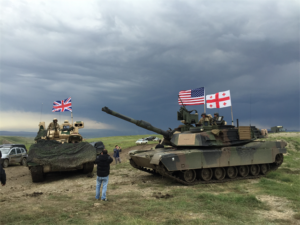
Spend More, Do More: Stoltenberg, Carter To NATO; Russia, Note New Battalions
“For the first time in many years, in 2015 we registered a small increase in defense spending amongst European allies and Canada,” NATO Secretary General Jens Stoltenberg said at a short press conference this morning. “And our estimates for 2016 indicate a further increase of 1.5 percent in real terms this year. This is progress. But I will call on allies to keep up the momentum, and to do more.”
… Meanwhile, the alliance proceeds apace to send four armored battalions to the eastern flanks. The four multinational battalions will be deployed to Estonia, Latvia, Lithuania and Poland. The US, Germany and the UK will “sponsor” the units, meaning they are responsible for building the battalions. The fourth sponsor has not yet been announced but it’s probably Canada.
Subscribe to our newsletter
Promotions, new products and sales. Directly to your inbox.
